The Humble Leather Apron
Created by Adam Tingley // Wreckerdwarf
Every dwarf should have at least one high quality apron in their wardrobe at all times. Even if your craft does not demand one. It is an essential piece of protective and functional attire for endless tasks that need to be undertaken.
An incredibly useful place to keep various concoctions and garnishes ready to supply to thirsty guests. It also works great at stopping splashes of ale from soaking into the more delicate cloth undergarments.
Who need's a basket when out foraging in the caves or cultivation patches. Botanist's usually prefer aprons with a larger number of pockets for keeping different gathered goods separate.
Gilded to add some flair. These aprons are notably pocketless and instead feature a number of secured pouches in which various metals and gemstones are kept. Each pouch can be quickly changed for another depending on the current piece being worked on.
More frivolous than most. Usually they are embossed with emblems of their houses, family or guild. Seldom do these pockets see a tool of function and instead keep handkerchiefs and even some light reading.
The traditional blacksmith's apron. One of the longest standing designs, it has been in this form for hundreds of years.
Usually covered in flour or sauces of some kind, the cook's apron has a small number of pockets to house various useful utensils. One pocket is usually designated the home of the cook's kitchen axe.
A number of military units make use of the apron as padding underneath their armour. In some cases for ranged units, they host a number of pockets to hold throwable weapons. These can also be reinforced to handle greater wear and tear from traversing dangerous cave systems and tackling encounters with a variety of foe.
Pockets have been forgone from the smelter's aprons as to not catch molten slag as it's being worked in the forges. Large heavy duty leather gloves are often strapped to the apron for convenience.
Beginnings and Developments
The apron’s origins go back thousands upon thousands of years. Ancient records have portrayed the earliest form of the garment to be made of a thick mycelial matting that was secured around the waist with an external belt and didn’t feature the upper torso section at all. Over time, the belt became a permanent attachment and the torso body protection was also added. Later, the fastening around the neck became another simple belt-like hoop. Pockets were a much later edition once dwarven society moved away from a generalist mindset to more focused roles; No longer was it required for every dwarf to have every tool, they could afford to keep a select few tools on them for their honed craft. Over time, more durable materials have been crafted such as dense animal hide leathers and thick matted mycelial leathers. They also now feature quilted cloth backings, buckles, interior pockets, foldable sections and more.Cultural Significance
The prevalence of the apron is a testament to its versatility. As a piece of protective attire, it served as a quick and easy garment to put on and remove as a job required. As a mobile toolkit, the leather provides great protection against potential cuts and scrapes so sharp tools could be carried easily. As a stylistic choice, it carries with it a certain level of status and quickly tells others what type of craft you have honed and how you are serving your kin. Within dwarven fashion, it has been utilised as an undergarment and in more recent times, non-functional versions of the aprons have been made with the explicit purpose of showing what hobbies the wearer is enjoying. Although it is mainly the younger dwarves that have taken to this form of wearable (Much to the dismay of the older, more traditional generations). It is also very fashionable to be worn as a form of undergarment within the nobility and great guild houses. Worn primarily under a smart jacket and holding many day-to-day leisure items such as novels and scriptures.Examples of Variations
Over time, many variations of the apron have been adapted to serve different purposes. From leisure pursuits all the way to highly functional battle gear. A few examples are given below:A Barkeep’s Apron
A Botanist’s Apron
A Jeweller’s Apron
A Noble’s Apron
A Blacksmith’s Apron
A Cook’s Apron
A Military Apron
A Smelter’s Apron
This is a submission for my second Summer Camp - I hope you enjoy the world I am building!


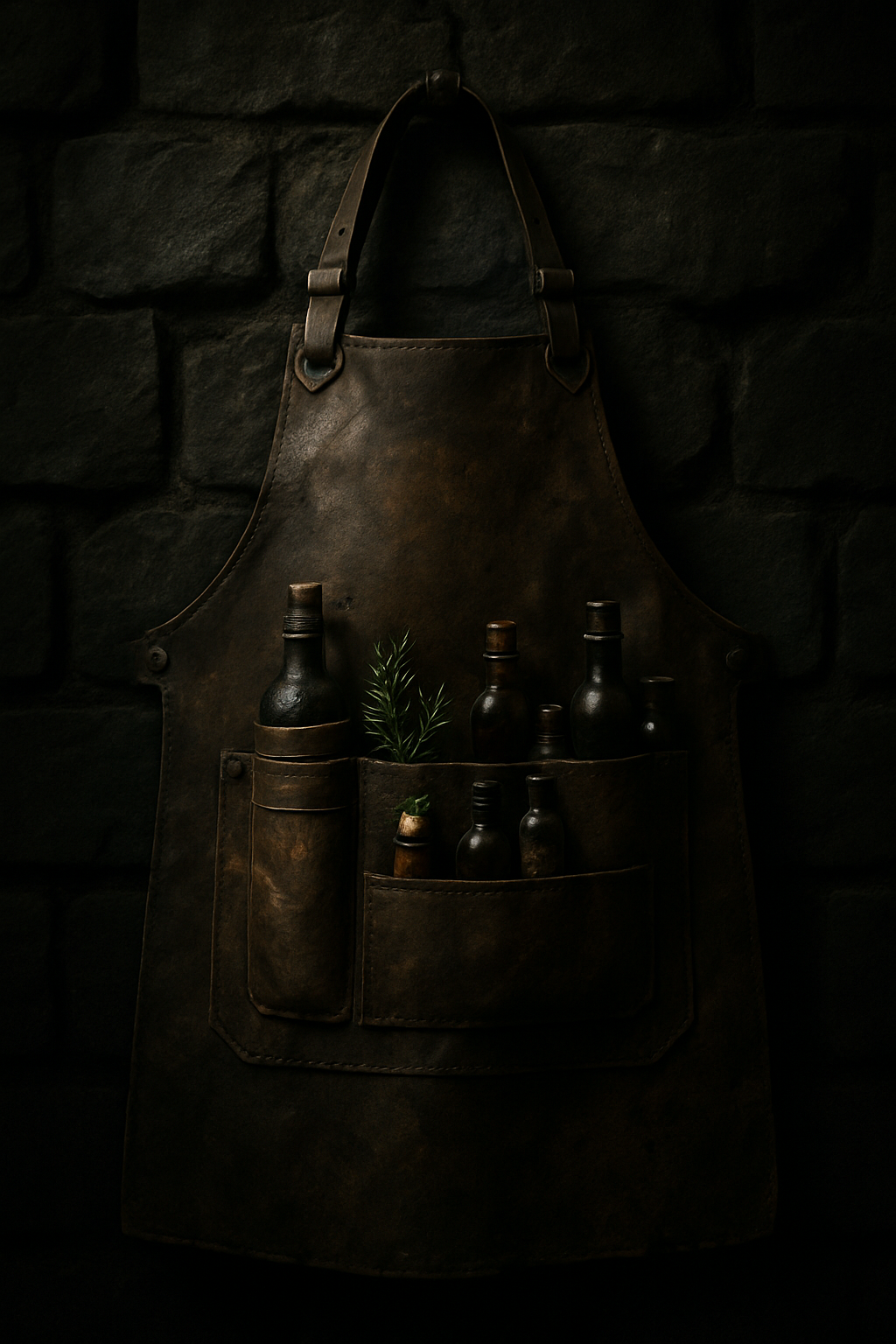
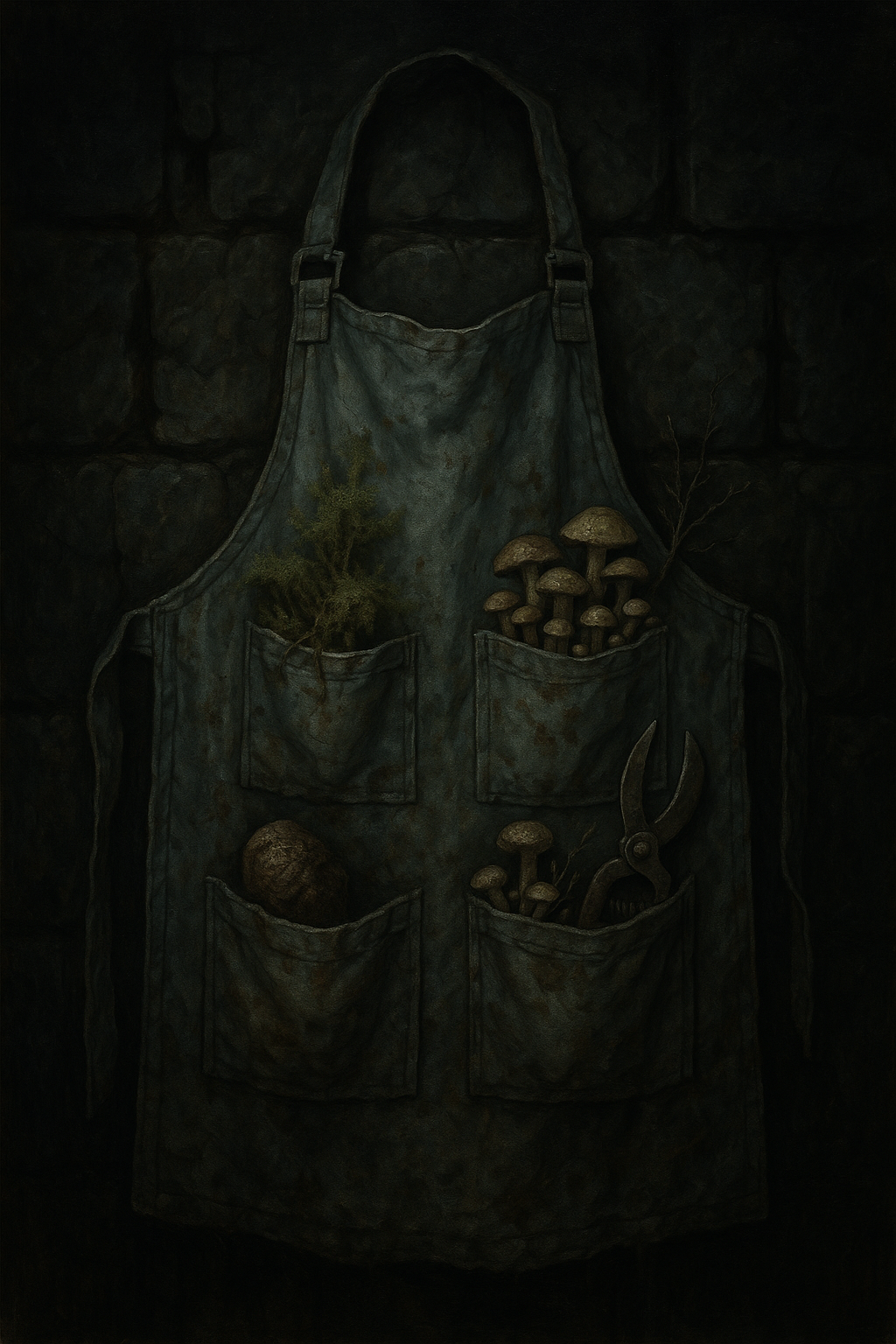
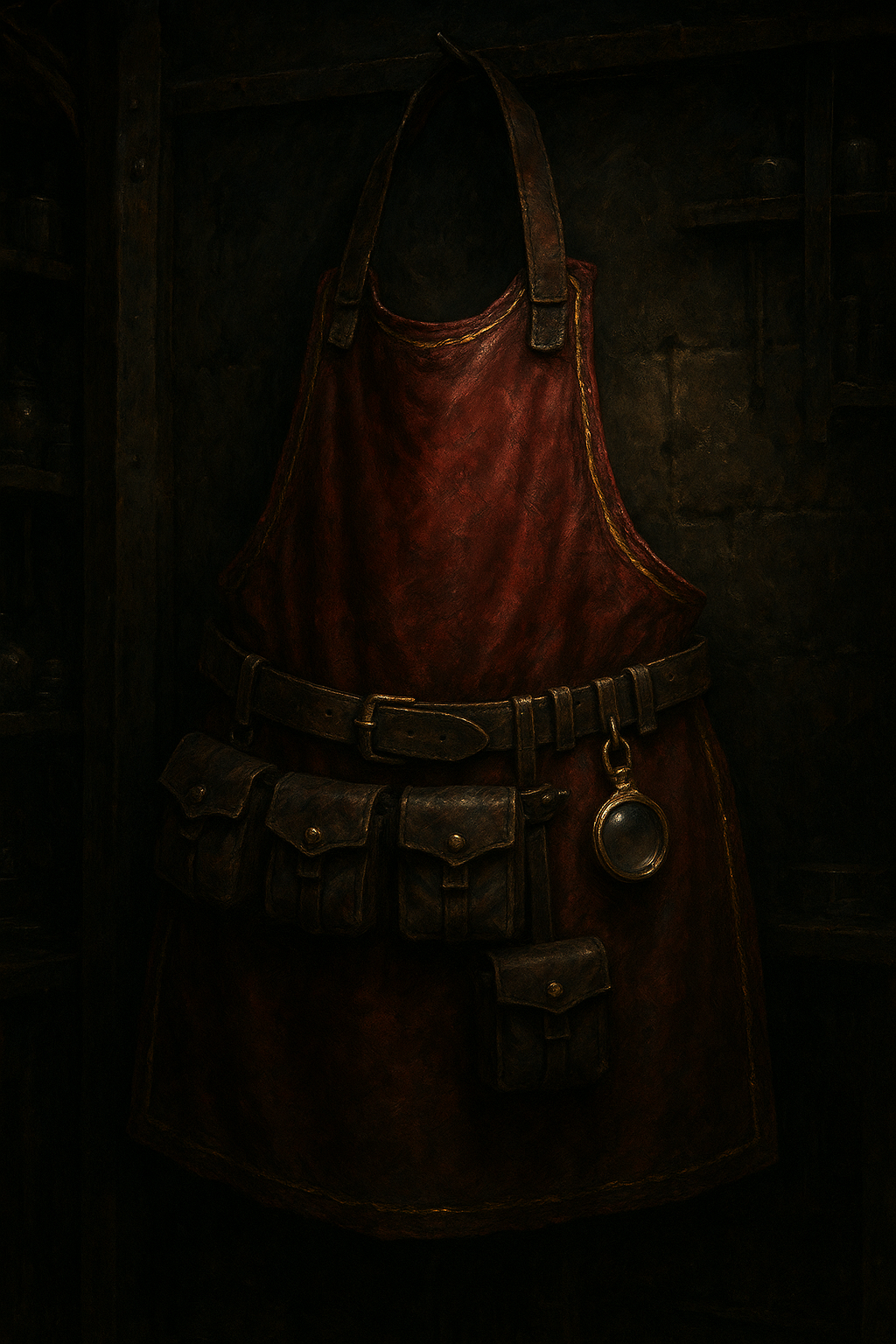
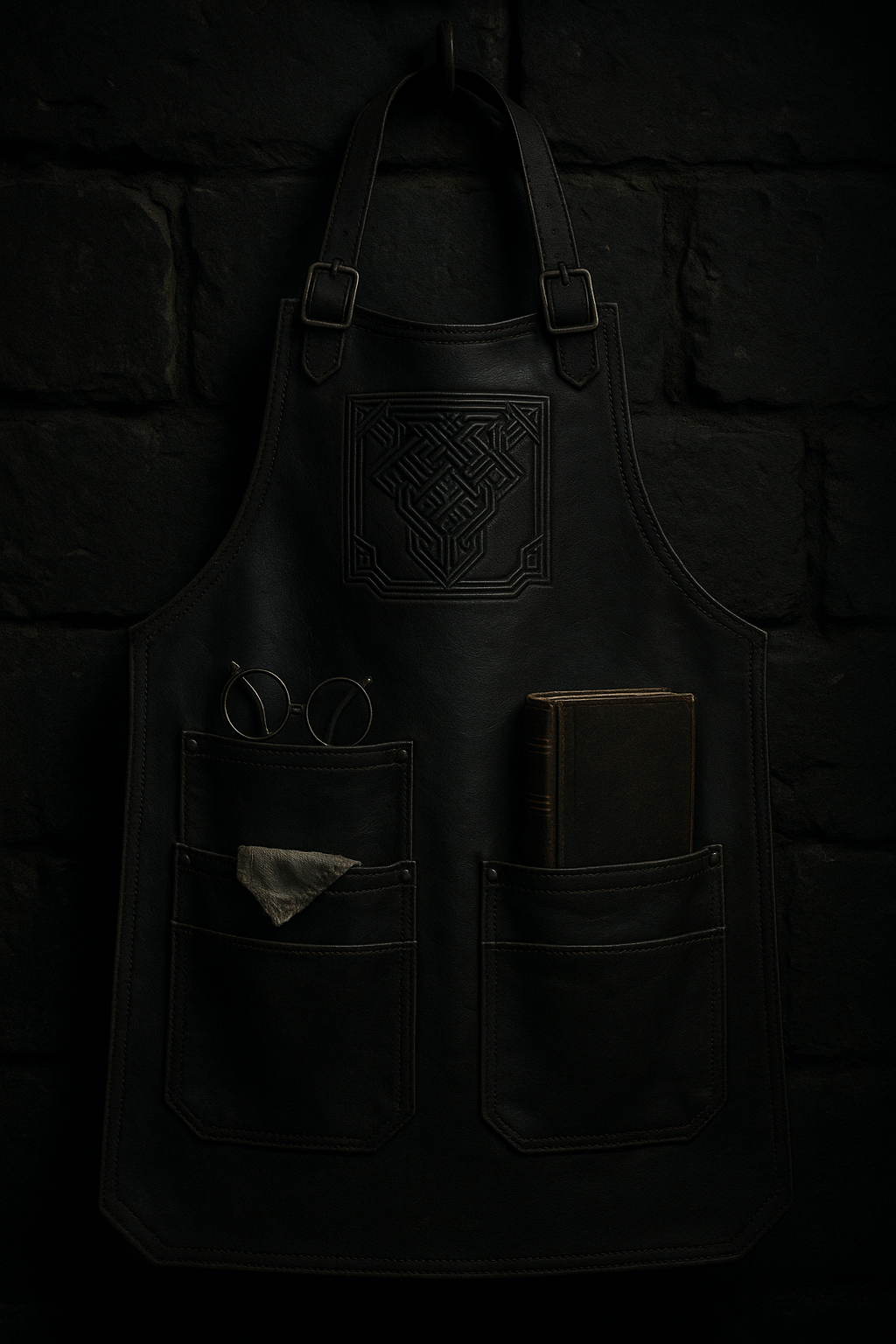
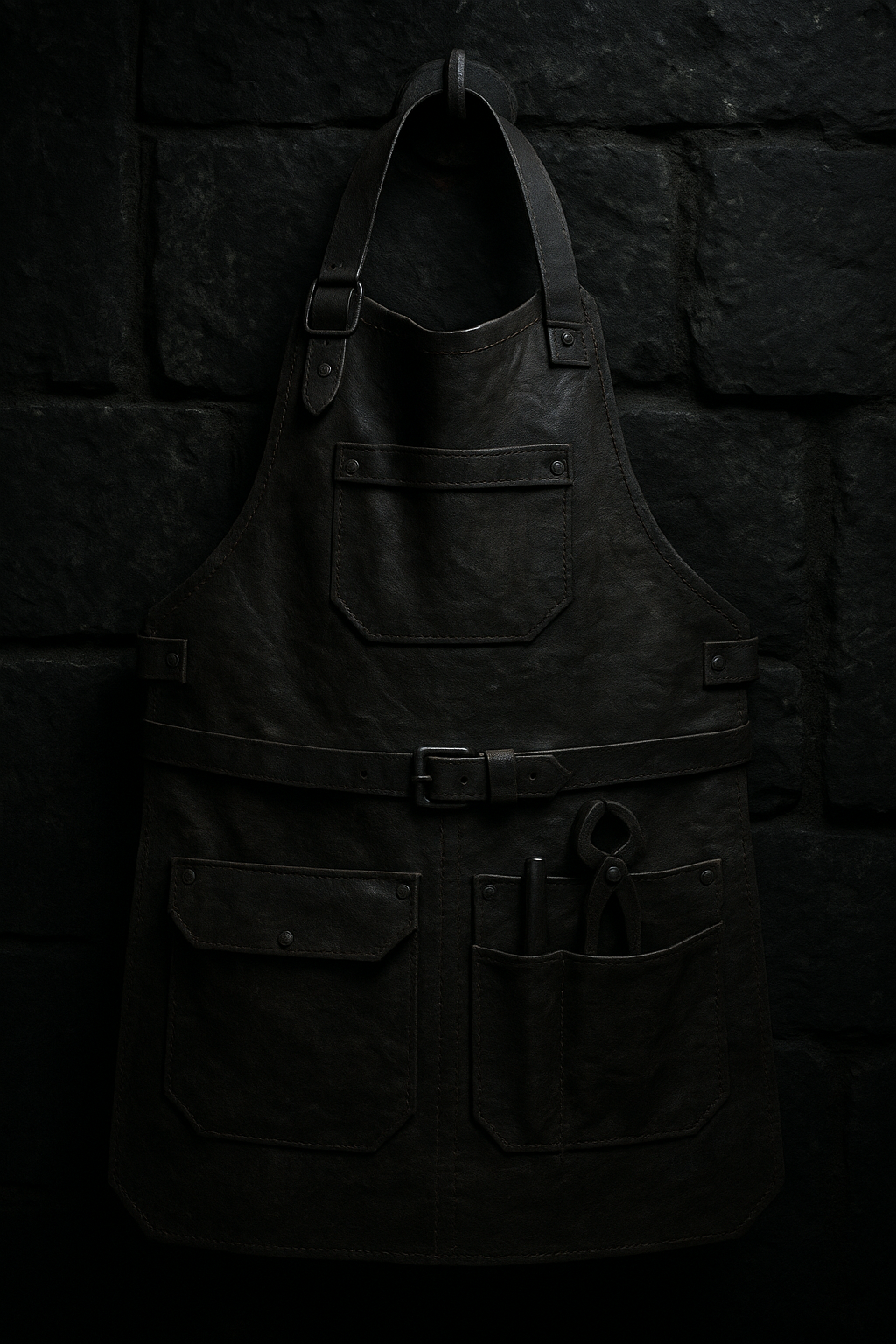
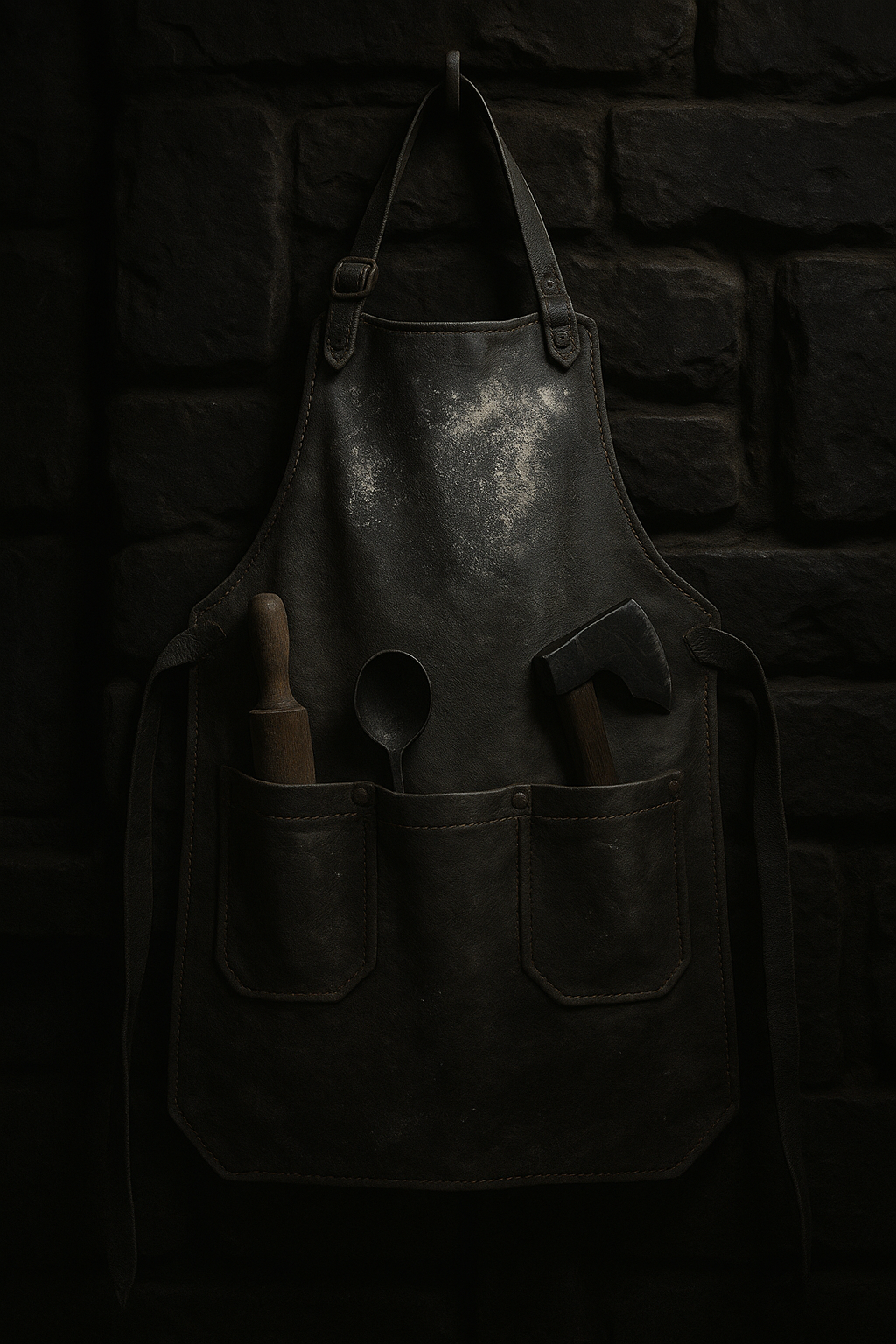
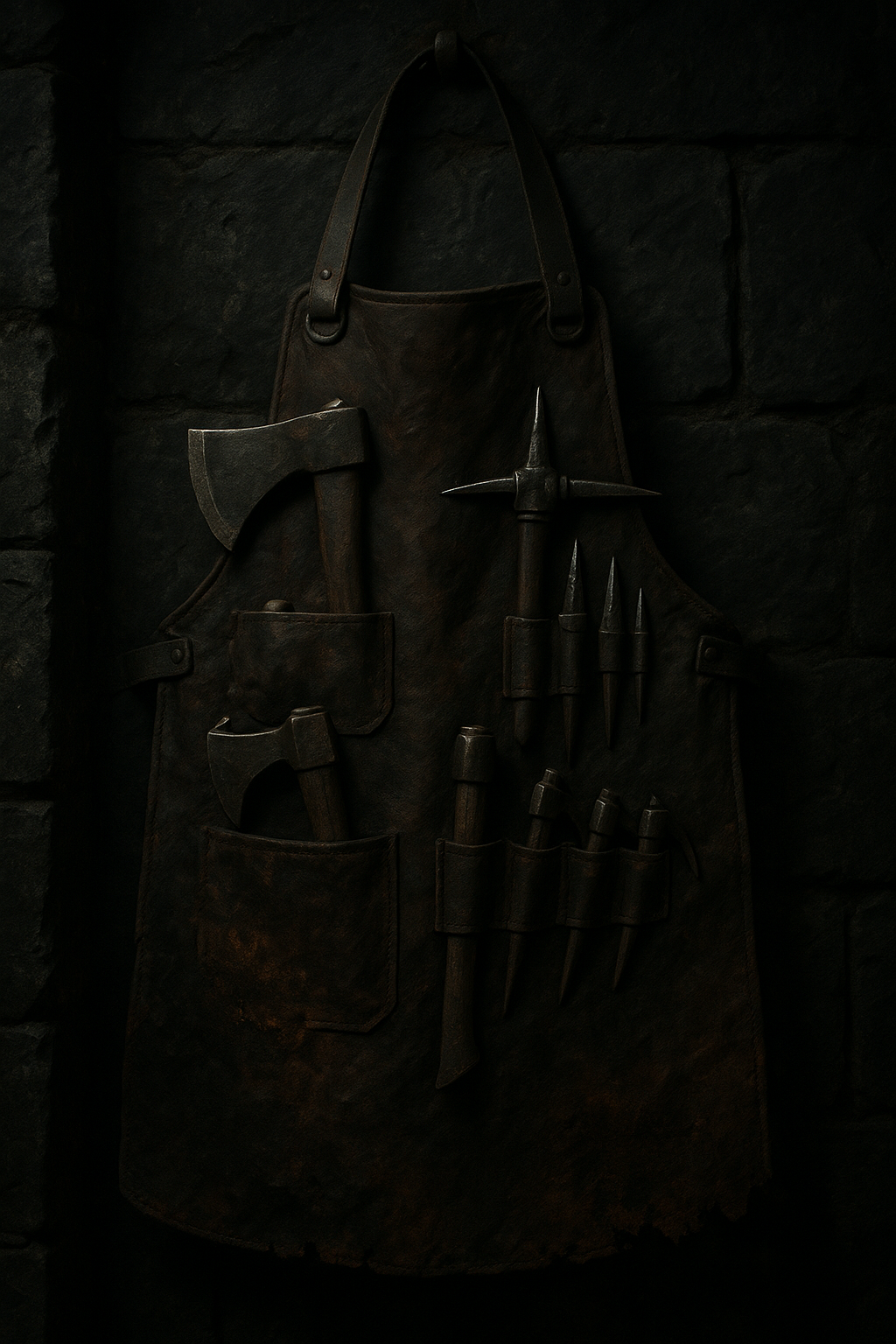



I really enjoyed reading about the evolution of this garment. Also I want an apron with a book pocket!
Explore Etrea | WorldEmber 2025
I could totally rustle up a cargo-apron for you haha